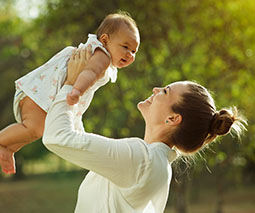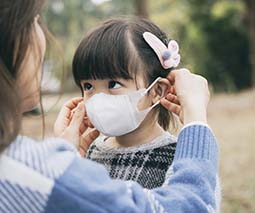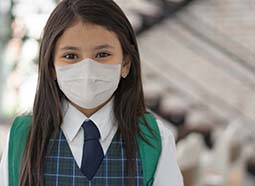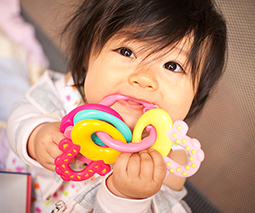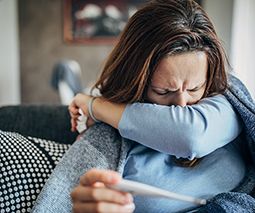Warts: What are they and where do they come from?

At the end of the term, my daughter came home from school to reveal a large wart on the bottom of her big toe.
Niiiice…
By the next week, two more had appeared on her neighbouring toes. ‘Stop touching them!’ I begged her. ‘They’re spreading!’
Seems I was too late. Yesterday one popped up on her finger. ‘I hope that’s not the one you use to pick your nose,’ I said. ‘You’ll end up with warts on your face.’
‘I don’t mind,’ she answered. ‘That would make me interesting.’
Well.
My daughter striving to stand out from other kids at school is another story altogether. But I wasn’t about to watch her get covered in the things for the sake of being unique. I rushed off to get wart paint from the chemist, wondering when the next one would appear – and if the rest of us in the family had them coming too.
But before I got too hysterical about it all, I decided to do some research about kids and warts. I wanted to know what I was dealing with – and I had a few questions that needed answering.
This is what I learnt:
What are warts?
Warts are common infections in the skin caused by the human papillomavirus (HPV). There are over 100 different strains of HPV that cause warts on the body, including common warts, plantar warts, flat warts and genital warts. Warts are super common in children, with one in five being affected at some point.
Read more about children’s health:
- Bites, stings and creepy crawly things! What to look out for with little ones
- The 5 life-saving things EVERY parent needs to know about kids and choking
- Is it OK to give children pain killers? 5 experts weigh in
Are they dangerous?
Warts don’t look very nice, but they’re more of a nuisance than harmful. In fact, most warts tend to go away on their own within two years. They’re also contagious, so coming into contact with warts, or using items that have been touched by someone with warts can pass them on. However, common warts found on the body cannot be passed onto the genitals, as genital warts come from a different HPV strain.
Types of warts
Types of warts caused by HPV include:
- Common warts – look like hard, raised lumps with rough surfaces. Typically appear on knees and hands.
- Flat warts – look like smooth, flat lumps. Typically appear on the face, legs and hands.
- Filiform warts – look like thin, long threads. Typically occur near the eyelids and lips.
- Mosaic warts – look like a group of tightly clustered warts. The hands and soles of the feet are most commonly affected.
- Plantar warts – look like small, hard bumps, which can have tiny black dots on them. Commonly occur on the soles of the feet.
- Genital warts – look like grey or off-white lumps and appear in the genital area.
Where do warts come from?
Anyone can get warts, as HPV is easily passed from person to person. However, not everyone will get warts just because they have HPV. Having a cut or scratch in the area that touches a wart makes it more likely for warts to be spread. This is why they’re so prevalent in kids, who often have injuries, and chew around their fingernails, breaking the skin.
If your child has a wart or warts, explain to them that picking and touching the wart area might cause more to develop. Take care that your child wears thongs or sandals in public showers or changing rooms, where it can be easy to catch plantar warts on their feet.
Treatment for warts
Here’s what you can do if your child develops a wart:
See your GP – When it comes to kids and warts, it’s always a good idea to have your GP check them out, so they can advise the best treatment option.
Do nothing – apparently, about 65 percent of warts clear up on their own within two years. However, if you’re worried that child might spread warts easily – for example if they’re on the hand – or several warts have developed, you might decide to look into treatment to eradicate them.
Topical chemicals – these are agents that are applied directly to the skin. They’re designed to irritate and destroy the wart skin, so care must be taken to avoid getting it on healthy skin. It can take up to twelve weeks for a wart to disappear using this method.
Cryotherapy – this involves your GP freezing off warts with liquid nitrogen. It may take up to four months of regular cryotherapy to get rid of them.
Burning and laser- these treatments are done under local anaesthetic. Both treatments can leave scars, which might make it difficult to treat the wart if it comes back in the same spot.
Immunotherapy – this method can be used when warts resist other treatments. It uses the patient’s immune system to fight off the stubborn warts. It can take time and be very itchy.
